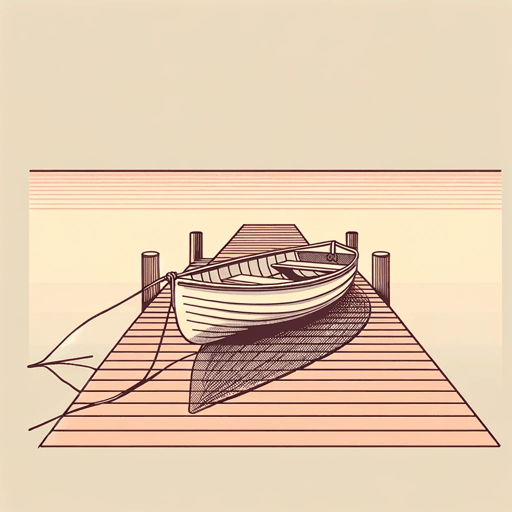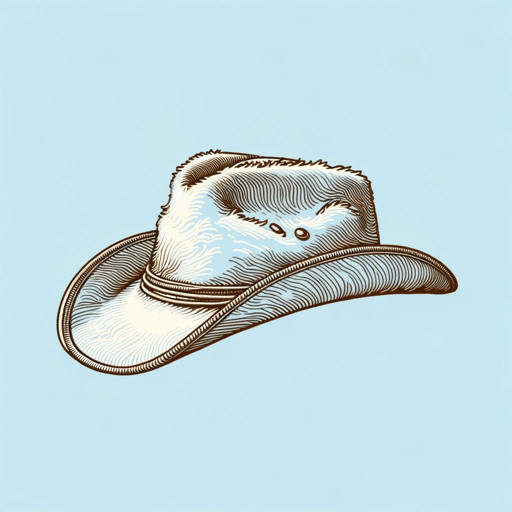19 pages • 38 minutes read
Rita DoveWingfoot Lake
Fiction | Poem | Adult | Published in 1986A modern alternative to SparkNotes and CliffsNotes, SuperSummary offers high-quality Study Guides with detailed chapter summaries and analysis of major themes, characters, and more.
Poem Analysis
Analysis: “Wingfoot Lake”
Rita Dove’s “Wingfoot Lake” is one part of Beulah’s larger narrative. That narrative is best understood through engagement with Dove’s collection Thomas and Beulah. Despite Beulah’s name not appearing in “Wingfoot Lake,” she is the assumed subject by the work’s place in the larger collection. Beulah is not the poem’s speaker and is referred to using third-person pronouns, but her thoughts and feelings are often directly communicated by the speaker. The communication of a character’s language and subjectivity is known as free indirect discourse, a technique usually associated with narrative fiction rather than poetry. The narrative qualities of the poems in Dove’s Thomas and Beulah are part of the reason some people refer to the collection as a “verse-novel” (“Rita Dove.” 2016. Poetry Foundation).
The above context is important to understanding the poem’s basic framing, but this analysis will consider “Wingfoot Lake” in relative isolation to demonstrate the work’s poetic nuances. This analysis is interested in how the poem’s narrative progresses through a series of fragmented images and settings. Dove uses these fragmented scenes to create powerful juxtapositions, and many of the poem’s themes and messages exist only in the space between these different fragments.
Related Titles
By Rita Dove





